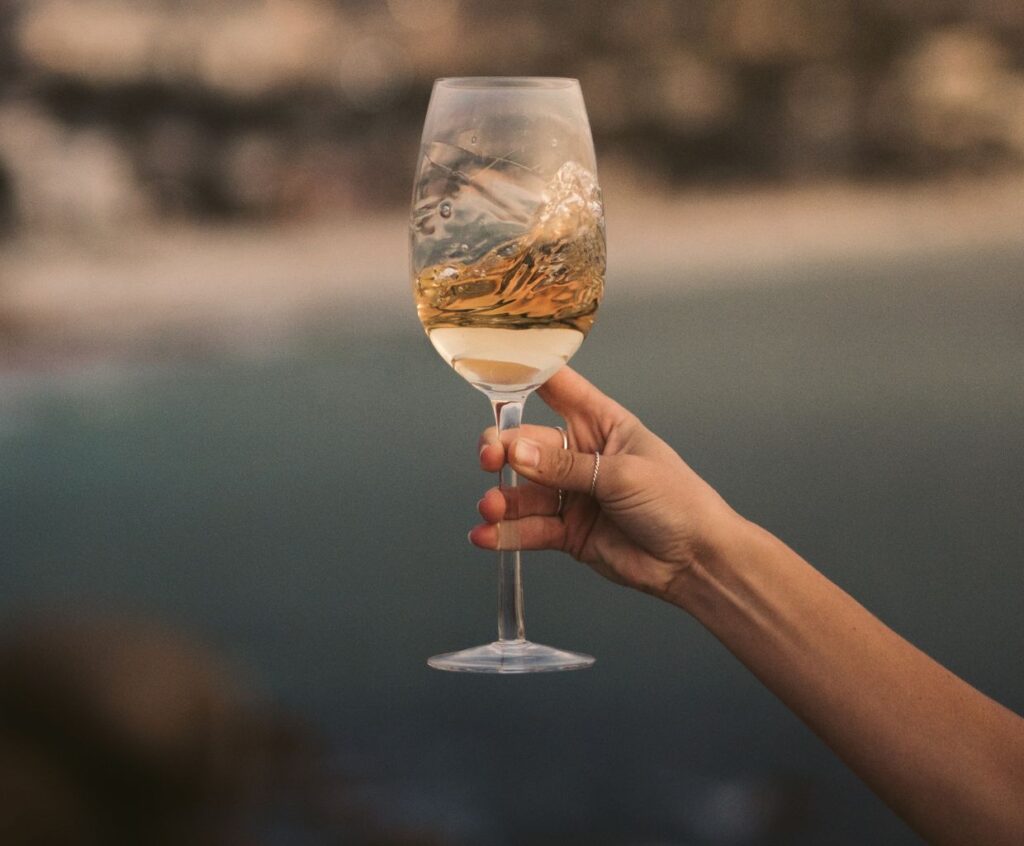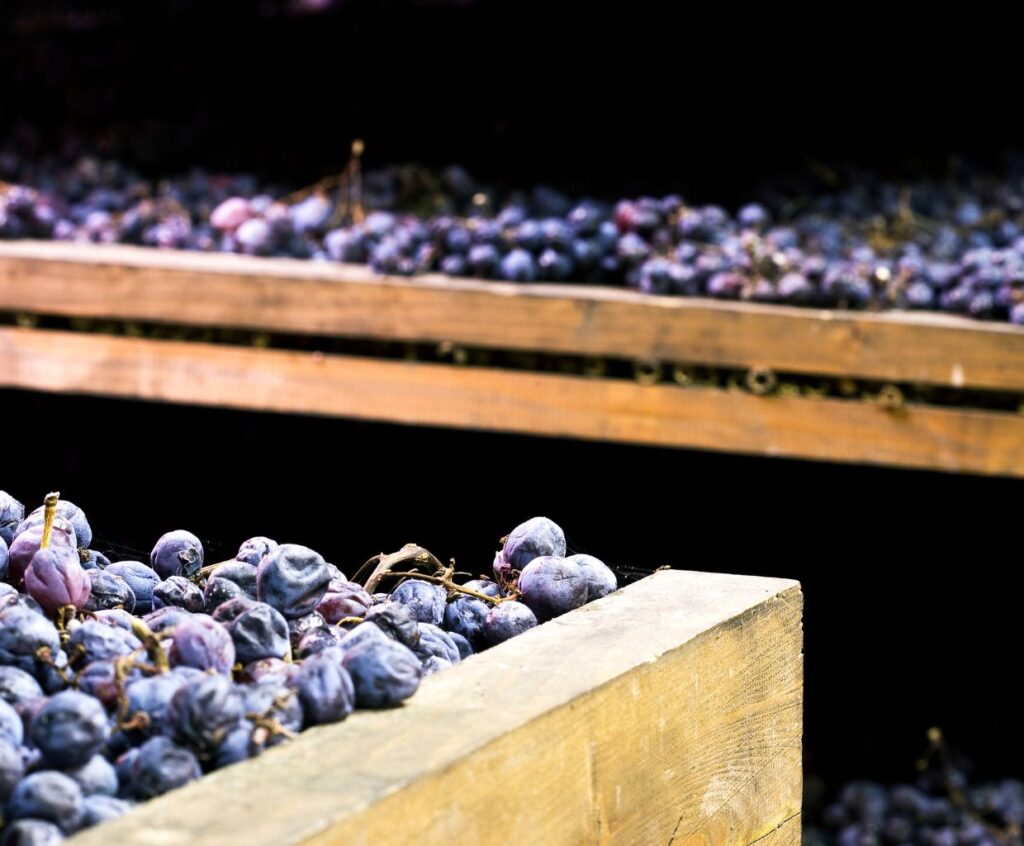Sancerre: The Quintessential French Wine
Welcome, wine enthusiasts! Today, we’re diving into the magical world of Sancerre wine. If you love crisp, elegant, refreshing white wines, Sancerre is a must-try for you. This French gem hails from the picturesque region of Sancerre in the Loire Valley. So, pour yourself a glass, sit back, and explore what makes Sancerre unique!
What is Sancerre?
Sancerre is a white wine made primarily from the Sauvignon Blanc grape variety. Known for its vibrant acidity, Sancerre offers a unique flavor profile that differentiates it from other white wines. Its characteristic taste is often described as zesty, citrusy, and herbaceous, with notes of grapefruit, lemon, and a hint of flintiness.
Where is Sancerre from?
Sancerre takes its name from the charming hilltop town in the eastern part of the Loire Valley in France. This region is nestled between the cities of Orleans and Nevers, and it is blessed with a cool climate and diverse soil types.
The combination of limestone, clay, and flint-rich soils imparts a distinct mineral character to the wine, adding complexity and depth to its flavor profile.
The Sancerre Terroir
-
- Soil: The unique soil composition of Sancerre plays a crucial role in shaping the wine’s character. Limestone soils contribute to the wine’s bright acidity, while clay soils provide structure and body. Flint-rich soils, known as “silex,” lend Sancerre its trademark mineral nuances.
-
- Climate: Sancerre enjoys a semi-continental climate with cold winters and warm summers. The region’s proximity to the Loire River helps moderate temperatures, allowing the grapes to ripen slowly and develop their flavors fully.
-
- Topography: Sancerre’s vineyards are on gently sloping hillsides, providing excellent drainage and optimal sun exposure. This terroir allows the grapes to achieve optimal ripeness while preserving their vibrant acidity.
Food Pairing with Sancerre
Sancerre pairs beautifully with various dishes thanks to its crisp acidity and versatile flavor profile. Here are a few classic food pairings to enhance your Sancerre experience:
-
- Goat Cheese: The tangy, creamy flavors of goat cheese complement the zesty acidity of Sancerre, creating perfect harmony.
-
- Seafood: From oysters and mussels to grilled fish, Sancerre’s vibrant citrus notes and mineral undertones elevate the flavors of seafood dishes.
-
- Spring Vegetables: Asparagus, peas, and fresh greens find their match in Sancerre, as the wine’s herbaceous character mirrors the earthy flavors of these seasonal delights.
What grape varietals produce Sancerre wine, and how do they contribute to its taste profile?
Sancerre wine is primarily made from Sauvignon Blanc grape varietals. These grapes contribute to the wine’s distinct taste profile in several ways:
1. Aromas: Sauvignon Blanc grapes are known for their solid and distinctive aromas. Sancerre wines often exhibit intense aromas of citrus fruits (such as grapefruit and lemon), green apples, and sometimes tropical fruits like passionfruit. These aromas add freshness and vitality to the wine.
2. Acidity: Sauvignon Blanc grapes have naturally high acidity levels, a crucial characteristic of Sancerre wines. The high acidity provides a crisp and refreshing sensation on the palate, making Sancerre wines particularly enjoyable as aperitifs or with light dishes.
3. Minerality: The terroir of the Sancerre region, with its unique soils, contributes to the mineral character found in Sancerre wines. Sauvignon Blanc grapes grown in Sancerre often exhibit flinty or chalky mineral notes, which add complexity and depth to the wine.
4. Herbaceousness: Sauvignon Blanc grapes can also display herbaceous and grassy aromas often present in Sancerre wines. These herbal notes, such as cut grass or freshly crushed herbs, give Sancerre wines a distinct and recognizable character.
Overall, the Sauvignon Blanc grapes used in Sancerre wines contribute to a refreshing, aromatic, and complex taste profile often described as crisp, vibrant, and elegant.
What is the wine-growing region in France where Sancerre is produced, and what are its unique terroir features?
The specific wine-growing region in France where Sancerre is produced in the Loire Valley. Sancerre is located in the eastern part of the valley, in the central part of France.
The unique terroir features of Sancerre include a combination of soil types, climate, and topography. The region is known for its limestone and clay soils, which impart specific mineral characteristics to the wines. The climate is continental, with hot summers and cold winters, allowing the grapes’ slow ripening and the development of complex flavors.
The topography of Sancerre is hilly, with vineyards planted on slopes facing south or southeast, providing good exposure to the sun. This exposure, along with the influence of the nearby Loire River, helps to moderate the temperature and create a favorable microclimate for grape growing. Overall, Sancerre’s terroir features contribute to producing crisp, mineral-driven white wines made from Sauvignon Blanc grapes.
What are the main characteristics of Sancerre wine, and how does it differ from other wine varieties?
Sancerre wine is a white wine produced in the Loire Valley region of France. It is primarily made from the Sauvignon Blanc grape variety and is known for its distinct characteristics. Here are some of the main characteristics of Sancerre wine:
1. Crisp and Refreshing: Sancerre wines are known for their high acidity, which gives them a crisp and refreshing taste. They often have a zesty and vibrant flavor profile.
2. Citrus and Herbaceous Notes: Sancerre wines typically exhibit citrus fruit flavors such as lemon, lime, and grapefruit. They also have herbaceous notes like grass, green bell pepper, and sometimes even a hint of mineral or flintiness.
3. Light to Medium-bodied: Sancerre wines are generally light to medium-bodied, making them easy to drink and versatile with various dishes.
4. Terroir-driven: Sancerre wines are strongly influenced by their terroir, which refers to the unique combination of soil, climate, and geography where the grapes are grown. This terroir is characterized by limestone and chalk soils, contributing to the wine’s minerality and complexity.
Compared to other wine varieties, Sancerre stands out for its specific grape variety, Sauvignon Blanc, and its unique terroir. The combination of cool climate, limestone soils, and skilled winemaking techniques results in a distinctive flavor profile that sets Sancerre apart from wines produced in other regions.
Additionally, Sancerre wines are often considered more delicate and less fruity than New World Sauvignon Blancs, such as those from New Zealand or California.





